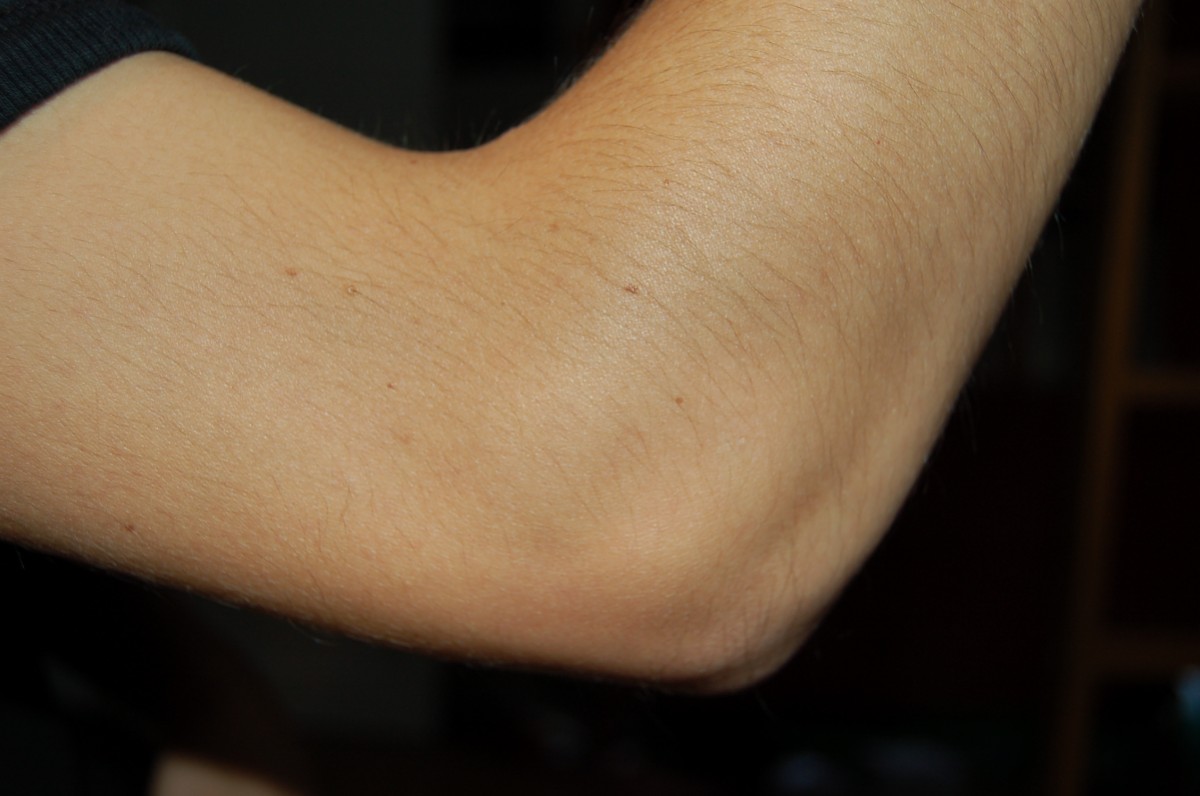Cubital tunnel syndrome is similar to carpal tunnel syndrome, in that it occurs when a nerve is compressed.
While carpal tunnel syndrome occurs due to compression of the median nerve, cubital tunnel syndrome affects the ulnar nerve.
The median nerve controls the sensation and movement in the hands, while the ulnar nerve provides feeling to the little finger and part of the ring finger, and also powers small muscles within the hand. The cubital tunnel is made up of bones in the elbow, and the muscles in the forearm which run across the elbow joint. Pressure can occur in the cubital tunnel, in turn compressing the ulnar nerve, and causing the symptoms of cubital tunnel syndrome.
Symptoms include a tingling or numbness in the little and ring fingers, and later in the condition persistent numbness and weakness of the hand.
So, how can the symptoms be reduced, and is there any carpal tunnel treatment available? Many options are available, and some are as simple as changing habits you pick up in day to day life. For example, it’s often recommended that you wear a headset, rather than pick up the phone, to help relieve symptoms in early cases of the condition. Similarly, if you lean on the inside of your elbows when sitting, this should be avoided – protective pads are also available. Excessive bending of the elbow can also occur whilst sleeping, which can be rectified by placing a folded towel around the elbow, or wearing a special splint.
In the more severe cases of cubital tunnel syndrome, surgery may be required. The surgical options are varied, and as such some only require local anaesthetic, meaning you stay awake, while others are more intensive and need general anaesthetic. One surgery option is the decompression of the ulnar nerve, by opening the roof of the cubital tunnel. Another option, known as transposition, sees the ulnar nerve relocated from the compression area, to the front of the elbow. Finally, the cubital tunnel itself can be widened, with the removal of some of its bony floor – this procedure is known as medial epicondylectomy.
It can take around two weeks after surgery for you to be able to use your arm normally again, and start to do day to day activities such as driving. However, other uses such as heavy manual labour, should be refrained from for approximately six weeks. The surgery doesn’t always offer successful results either – in mild cases, it’s expected the symptoms will be fully resolved, but the long term outcome in more advanced cases can be unpredictable.
If you’re suffering from cubital tunnel syndrome and want some help relieving your symptoms, Ladan Hajipour can help. Ladan is an expert in hand and wrist surgery, and deals with many conditions, including cubital tunnel syndrome. She currently runs clinics at three hospitals across Manchester and Cheshire, and you can visit her for a consultation about your condition. You may be offered some advice as to how to relieve the symptoms yourself, but you’ll also be able to discuss the options of surgery, as well as the risks and possible outcomes. Contact Ladan Hajipour about cubital tunnel syndrome or any other hand & wrist condition.
Read our in-depth profile about the cubital tunnel syndrome.
References
http://www.assh.org/handcare/hand-arm-conditions/cubital-tunnel
http://www.ouh.nhs.uk/patient-guide/leaflets/files%5C5021Pcubital.pdf

